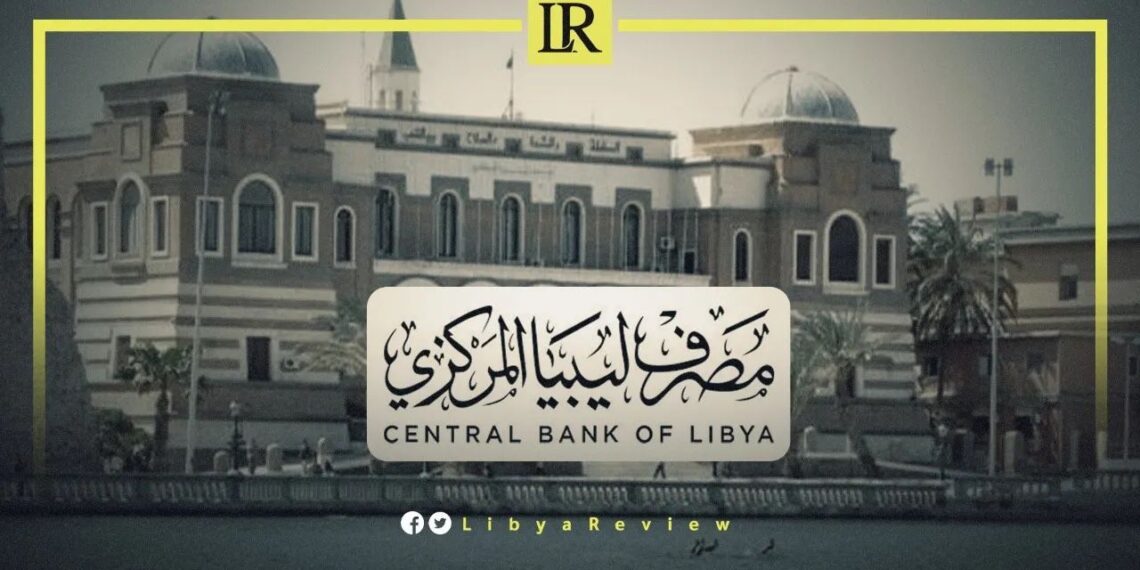The Central Bank of Libya (CBL) announced that the oil revenues for the year 2023 amounted to 111.4 billion Libyan dinars (approximately $23.256 billion dollars).
In a report published on its official website on Sunday, the Central Bank clarified that oil sales during the past year reached 99.1 billion dinars ($20.668 billion dollars), while oil-related tax revenues amounted to 12.3 billion Libyan dinars ($2.567 billion dollars).
The country’s total revenues during the past year amounted to 125.9 billion dinars ($26.283 billion dollars), while expenditures reached 125.7 billion dinars ($26.242 billion dollars).
The CBL released comprehensive data showing the state’s public spending for 2023 totalled 122.7 billion dinars. The report breaks down the expenditures across several key sectors, reflecting the government’s fiscal policy, and strategic priorities for the year.
The largest portion of the budget, 60 billion dinars, was allocated to salaries, demonstrating the government’s pledge to secure the livelihoods of its public sector workforce. Operational expenses accounted to 6 billion dinars, signifying ongoing costs associated with the administration of state functions. Development projects were allocated 12 billion dinars, highlighting a focus on the nation’s infrastructural and economic advancement.
Subsidies, amounting to 20 billion dinars, illustrate the government’s approach to supporting the economic stability and affordability of essential goods and services for the population. The financial arrangements for two of Libya’s critical economic sectors, the National Oil Corporation (NOC) and the General Electricity Company (GECOL), were assigned 17.5 billion and 7.2 billion dinars respectively, showcasing the sectors’ pivotal roles in the national economy.
Interestingly, the fifth section of the budget, earmarked for emergency expenditures, reported no outlays, potentially pointing to a year without significant unforeseen financial crises, or highlighting prudent budgetary management.
Libya’s budgetary allocations reflect the country’s efforts to stabilise and stimulate its post-conflict economy. The substantial funding towards salaries and operational expenses underscores a commitment to maintaining a functional public sector, amidst the nation’s political rebuilding. Development spending is indicative of Libya’s focus on reconstructing infrastructure and fostering economic growth, which is critical following years of conflict.
The support for the oil sector, Libya’s main revenue generator, is essential for the nation’s financial health, and ability to attract foreign investment while funding for the electricity sector is crucial for addressing the frequent power outages and improving the quality of life for Libyans.
The absence of emergency spending suggests either a fortuitous absence of crises, or effective risk management and fiscal planning by the Libyan government. This could be seen as a positive sign of stabilisation in a country that has experienced significant upheaval over the past decade.

